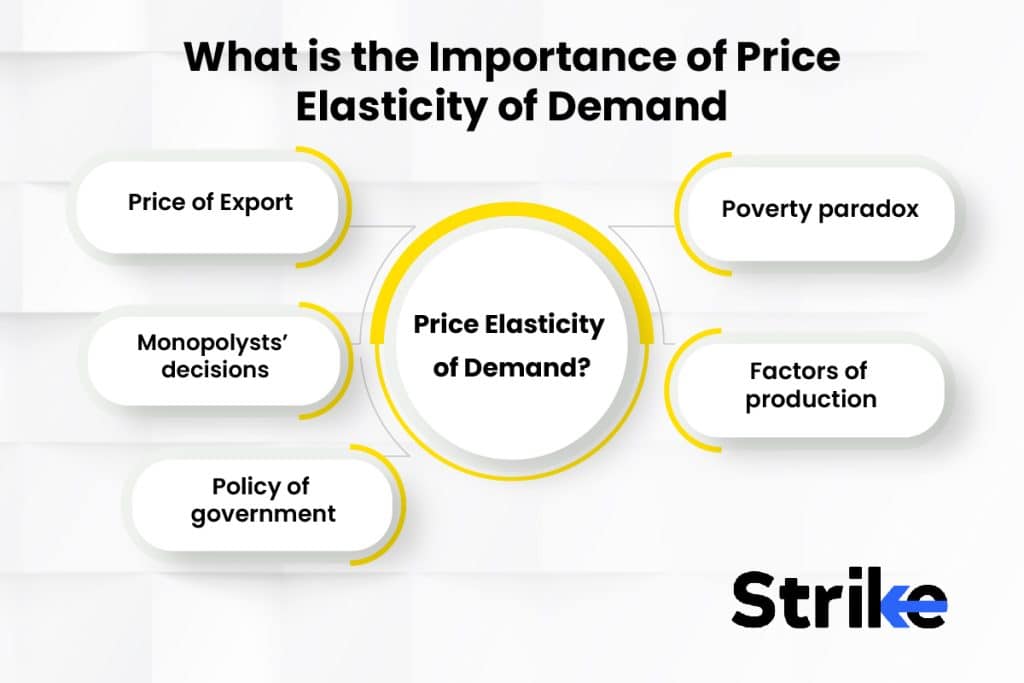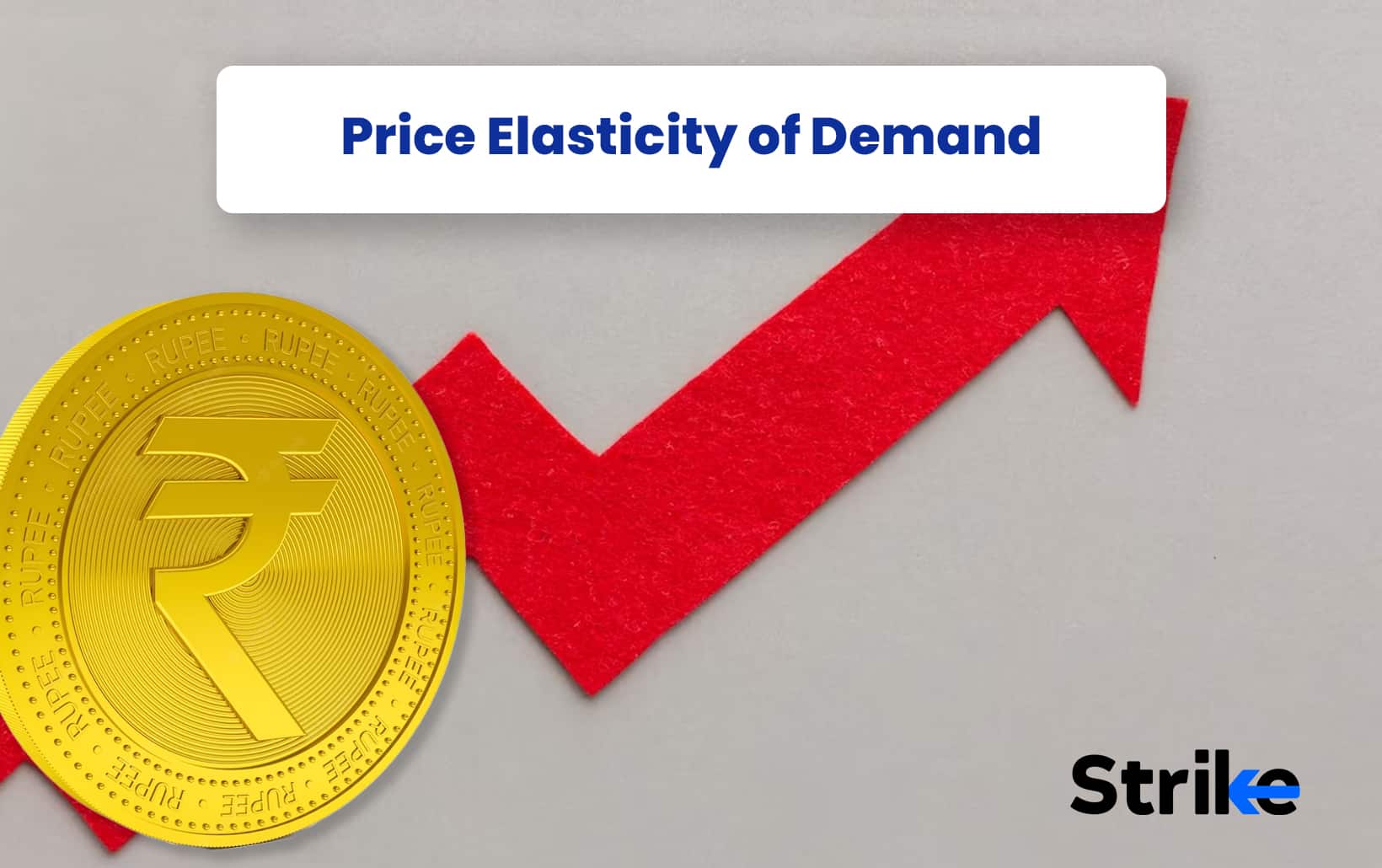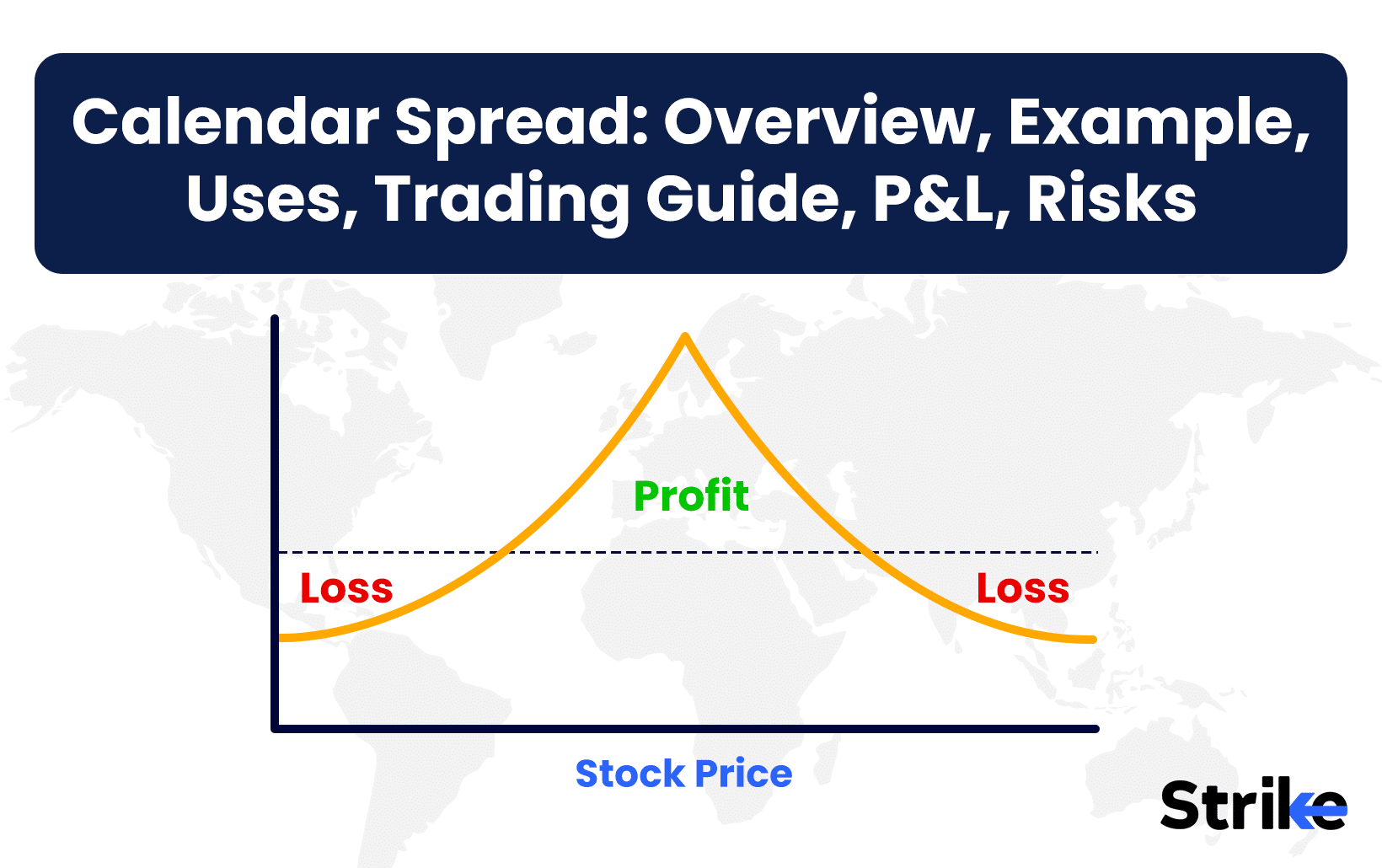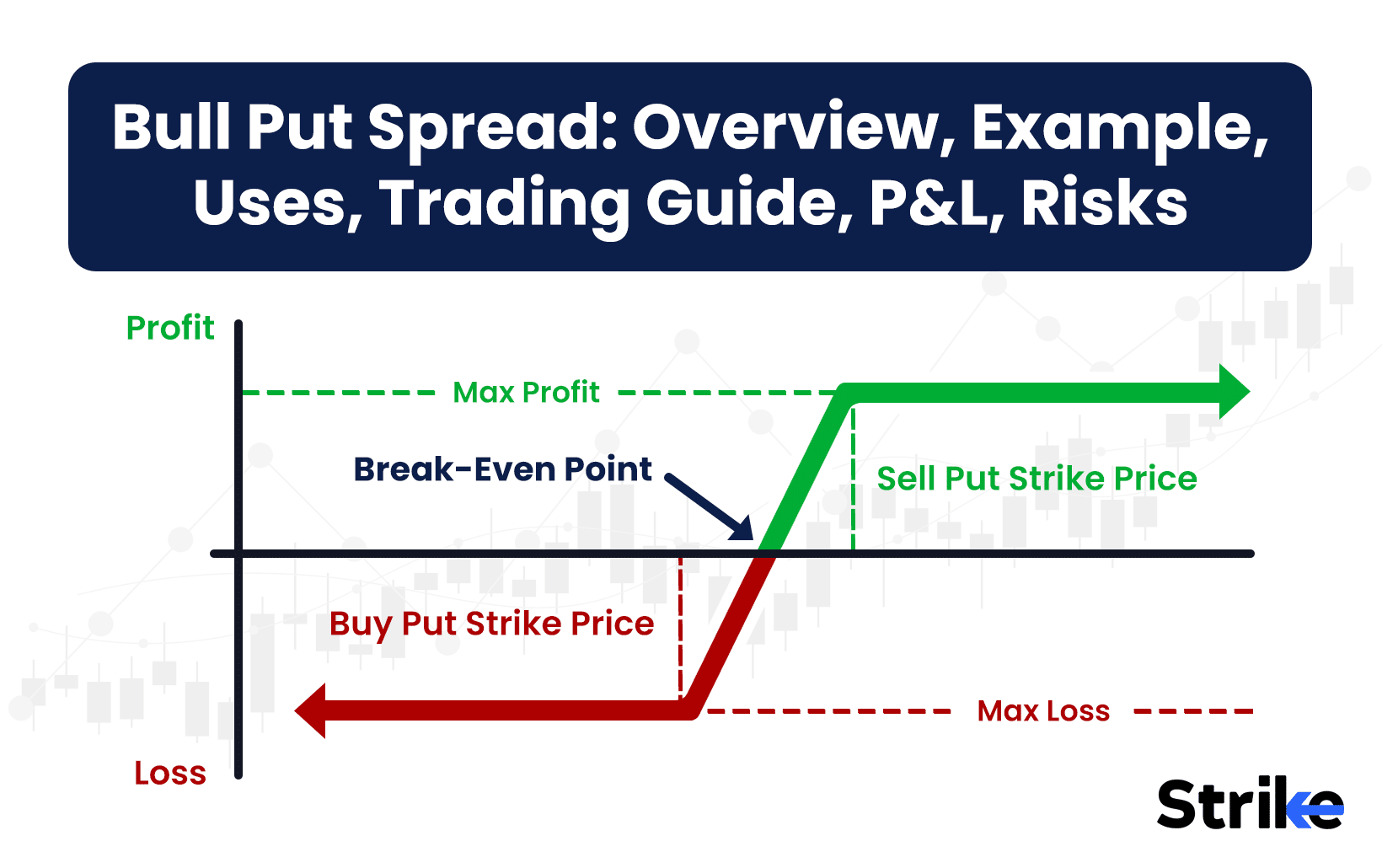Plastic Elasticity of Demand (PED) is the sensitivity of demand for goods and services. Plastic Elasticity of Demand (PED) relates the demand to the price of objects. There are many variable factors that maintain the balance in the economy. The responsiveness of these variables to changes in other related variables is measured by economists.
Economists use the term elasticity to gauge the responsiveness of a variable in response to another related variable. The responsiveness of demand in relation to price change is the price elasticity of demand. The other demand-related price elasticity measures are income elasticity and cross-price elasticity. In this discussion, we primarily focus on the price elasticity of demand.
Price elasticity of demand is a crucial concept in economics and business, as it measures the sensitivity of demand for a good or service to changes in its price. This helps companies determine optimal pricing strategies. Several factors influence price elasticity, including the availability of substitutes, time period, necessity of the good, percentage of consumer income, the narrowness of the market, and breadth of the market.
When there are many substitutes available, demand is more elastic, whereas a lack of close substitutes leads to inelastic demand. Over time, customers adapt to price changes, making demand more elastic in the long run compared to the short run.
What is Price Elasticity of Demand (PED)?
Price elasticity of demand is the sensitivity of demand for goods and services in response to changes in price. Price elasticity of demand establishes the direct relation of goods and services to price changes.
Price elasticity of demand (PED) originated from the concept of Elasticity of Demand. Alfred Marshall first wrote about the concept of Elasticity of Demand in his book, “Principles of Economics” which was first published in 1890. Four years later, in 1894 Alfred Marshall invented the concept of Price Elasticity of Demand. Marshall used differential calculus to mathematically
Alfred Marshall used the concept of differential calculus to prove the concept of Price Elasticity of Demand (PED) mathematically.
The law of demand says the increase in price decreases the demand. There are other factors that affect the demand. The necessity of goods also drives demand. The demand does not come down if the price of essential food grains or essential services is increased. It is a part of necessity. But for non-essential items, price hike lowers the demand and affect the revenue of the manufacturers.
Consumers tend to buy the alternative product because of the price hike of the earlier product If there is a good alternative product available in the same market. Therefore there are other factors that affect and influence the demand. Hence the price elasticity of demand varies depending on goods and services and the quality of goods.
We can draw an inference that if the price elasticity of demand is positive the quality of goods is normal. But if the price elasticity is negative, the goods are inferior.

The price Elasticity of Demand (PED) is calculated with the help of the following formula.
PED = % of the change in the quantity of demand/ % of Change in price.
What are the other terms for Price Elasticity of Demand?
There are two other kinds of elasticity of demand.
- Cross Elasticity of Demand (XED)
Cross-Elasticity of Demand measures the sensitivity of demand for one good when the price of another good changes. It relates to the demand across different goods in the market when price changes. 
Cross Elasticity of demand can be better explained through examples. Say, there is a good X and another good Y. Economists measure the demand of X when the price of Y increases.
The formula for XED = % change in the quantity of demand of X (X%)/ Change in % of price Y.
- Income Elasticity of Demand (YED)
Income elasticity of Demand measures the sensitivity of the change in demand for certain good with respect to changes in real income after calculating the current inflation. It refers to the matrix of how a change in real income affects the buying power and demand for certain goods in the market. 
Income Elasticity of Demand (YED) is calculated through the following formula.
YED = % of the change in demand quantity/ % of the change in real income
What is the Importance of Price Elasticity of Demand?
Demand for goods is not constant. Rise and fall in demand depend on the supply of goods and affect the price. Price elasticity of demand is a measure that helps economists to closely understand the supply-demand relation.

The following aspects highlight the importance of Price elasticity of demand (PED).
- Price of Export – When exporting goods to a particular country, the exporter would want to know the demand for that good in that particular country. A higher price may be fixed if the demand is inelastic for that good in that country. But the demand is elastic, the exporting country may fix a lower price for the goods to be imported.
- The policy of the government – Price elasticity of demand helps the government to fix taxes on goods. The government may fix a higher tax range for that good if, for a particular good, the demand is inelastic. But for a good having an elastic demand, the government may levy a lower tax range. This is why we see the central government of India brings changes to the GST slab range for different goods from time to time.
- Monopolysts’ decisions – A monopolist fixes the rate of manufactured items on the basis of demand. The monopolist fixes a higher rate for the goods if the demand for goods is inelastic. On the contrary, for goods that have elastic demand, the monopolist fixes the lower price.
- Poverty paradox – A crop yields an unusually high harvest means it brings poverty to the farmers. The surplus harvest brings the price down. This phenomenon is known as the poverty paradox among abundance. The otherwise inelastic demand for agricultural crops creates such a phenomenon.
- Factors of production – There are four factors of production namely land, labor, entrepreneurship and capital. The price elasticity of demand determines the price of each factor of production. The demand is inelastic for one factor of production in comparison to other factors means the factor brings more reward.
What is the Function of Price Elasticity of Demand?
The function of price elasticity of demand is to provide businesses and policymakers with a quantitative measure of how sensitive the demand for a good or service is to changes in its price. This information is used for optimal pricing strategy primarily. Understanding how price changes affect demand help businesses determine the most effective pricing strategy to maximize revenue, profitability, and market share.
Demand is elastic means a price reduction results in an increase in total revenue, as customers are more sensitive to price changes. Demand is inelastic, meaning a price increase does not significantly reduce demand, leading to higher revenue. Price elasticity of demand is used to forecast changes in demand for a product due to shifts in its price.
This information is valuable for businesses when planning production levels, inventory management, and resource allocation. Accurate demand forecasting helps minimize inventory costs, reduce stockouts, and enhance customer satisfaction. Government policymakers and regulatory authorities use price elasticity of demand to assess the potential impact of taxes, subsidies, or price controls on consumer behavior and market outcomes.
Products with inelastic demand, such as gasoline and tobacco, are often targeted for taxation, as they generate significant revenue with minimal impact on consumption levels. In contrast, subsidies may be applied to goods with elastic demand to encourage consumption and stimulate economic growth.
Understanding price elasticity can help businesses identify different market segments based on their price sensitivity. This information is used to develop targeted pricing strategies, promotional campaigns, and product offerings tailored to the needs and preferences of specific consumer groups.
How does Price Elasticity of Demand work?
Price elasticity of demand measures how sensitive demand for a good or service is to changes in its price. It is calculated as the percentage change in demand divided by the percentage change in price. For example, the elasticity is 0.5 if demand drops by 5% when the price rises by 10%. Elastic demand is one of the types of price elasticity of demand and it means demand is highly sensitive to price changes, with an elasticity greater than 1. Demand is elastic indicates a price increase usually lowers total revenue as the drop in demand outweighs the rise in price.
Companies should avoid raising prices for products with elastic demand. Inelastic demand has an elasticity of less than 1, meaning demand does not change much with a price change. For inelastic products like necessities, a price increase actually raises total revenue. Companies increase profitability by raising prices on goods and services with inelastic demand.
Unit elasticity means demand and price change by the same percentage, with an elasticity of 1. Total revenue remains the same after a price change. For unit-elastic products, companies generally keep prices stable to maintain revenue and market share. Demand is relatively inelastic in the short run because it takes time for customers to adjust their behavior and preferences.
But in the long run, demand elasticity tends to increase as people have more flexibility to find substitutes or otherwise adapt to price changes. Goods with no close substitutes typically have inelastic demand even in the long run. For most products, demand elasticity depends on multiple factors including availability of substitutes, necessity, buying power, and time period.
Businesses use price elasticity of demand to determine optimal pricing strategies. For inelastic demand, a price increase is typically the best approach to raise revenue and profitability. But for elastic demand, a price increase usually reduces total revenue due to a big drop off in demand. In those cases, companies should avoid price hikes and instead focus on increasing demand through product improvements, marketing, and other growth strategies.
A smart pricing policy balances demand elasticity with the company’s objectives. Businesses need to understand how price sensitive their customers are and set prices accordingly. Price elasticity depends on many influences beyond a company’s control but also be impacted by its strategic decisions. Improving product quality, building customer loyalty, extending product lines, creating new distribution channels, and adapting to competitors all help strengthen inelasticity over time. But market forces like the state of the economy, industry evolution, and macro trends ultimately shape the price elasticity of demand as well.
What is a Good Price Elasticity of Demand?
Good price elasticity of demand exists when demand changes with a change in price. Demand changes with changes in price. Normally, if the price drops, people buy the good more.
Generally, if PED> 1, it shows good elasticity of demand.
Let us understand it with the help of an example. Say, apple costs Rs 100 per kg before winter in Kolkata. But during winter the price of apples drops by 10% and comes down to Rs 90 due to an increase in supply. With the drop in price, people start buying more apples. The market data shows 20% of more apples were sold after dropping in price. Then the price elasticity of demand becomes,
PED = 20%/ 10% = 20/10 = 2. So, PED = 2 (i.e. PED>1).
Therefore in this case apple shows good price elasticity of demand and the demand for Apple shows good elasticity of demand..
What are the factors that affect Price Elasticity of Demand?
The following factors affect the Price Elasticity of Demand. It must be mentioned that factors like the availability of substitutes negatively affect the price elasticity of demand. While some other factors like urgency, necessity and brand loyalty positively affect PED.
1. Availability of Substitutes
Price elasticity of demand exists when consumers find a close substitute of the product in the market which is readily available. Demand will become inelastic when there is no substitute available in the market.
2. Urgency
Price Elasticity of demand is affected by the urgency of consumers. The change in price will not affect a buyer if the buyer stops buying the goods seeing a rise in price, rather the demand will fall. But a change in price won’t deter the consumer from buying the goods and the demand becomes inelastic if the consumer has to buy it immediately,
3. Duration of Price Change
After a price hike, the demand generally falls and in the long run the consumers find a suitable substitute for the goods. The demand becomes elastic with the passage of time.
4. Necessity
The goods of which the price has changed are necessities means the demand remains the same and the demand is inelastic in such cases. But in the case of luxury goods, the demands are elastic in nature. Suppose the price of a particular model of car has increased. Consumers will mostly go for another cheaper car with similar capacities.
5. Brand Loyalty
Some people prefer good unique brands. In this case, the price elasticity of demand is inelastic because consumers are loyal consumers. These consumers are loyal to the brands and will buy the goods for whatever the price. These consumers will not try to find any suitable substitute for their chosen brands.
6. Breadth of the definition of a good
According to the necessity, goods are divided into three basic groups and their demands change accordingly.
- Necessity goods – Goods for daily needs like milk, vegetable, meat, regular grocery items, food grains, and medicines are necessary goods and their demand is inelastic. Consumers are bound to buy these items even if their price increases.
- Comfort goods – Consumers buy these products to increase their personal comfort. Fans, TV, light, refrigerator and other similar goods have elastic demand. Consumers postpone the purchase of these goods if there is a sudden rise in price.
- Luxury goods – AC, Cars, luxury apartments, jewelry and similar items are luxury items. They have high demand elasticity. A rise in price badly affects their market and buyers reduce their purchases.
7. Percentage of Income
When a consumer purchases a good spending a small percentage of real income, small price changes of the good don’t affect the demand. In such cases the demand is inelastic. But in case a good is purchased with a sizeable chunk of income, the demand is highly elastic. A price rise negatively affects demand.
The price elasticity of demand is primarily affected by the influence of these factors. In addition, some occasional influences like the influence of the country’s economy affect the price elasticity of demand.
What are the Types of Price Elasticity of Demand?
Demand for a good is normally affected by price changes. According to the law of demand, a rise in price negatively affects the demand for goods. But the demand varies. The price elasticity of demand measures these variations in demand. As per calculations, there are different types or degrees of variation in demand.
- Price Elasticity of Demand (PED) = Infinity, When demand comes to zero with a rise in price. It is defined as perfectly elastic.
- PED > 1. It is elastic demand when demand comes down with a rise in price. The PED value is positive.
- PED = 1. This is called a unitarily elastic condition. It occurs when the same percentage rise brings down demand by the same percentage. To explain further, if a 10% rise in price creates a 10% drop in demand for the good, it is unitarily elastic demand.
- PED < 1. It is inelastic demand. A rise in price brings little or insignificant change in demand.
- PED = 0. The demand is perfectly inelastic. The price increase does not change the demand for goods.
What is an Example of Price Elasticity of Demand?
Let us take the example of tea in India to understand the price elasticity of demand. Tea is a popular beverage in India, consumed by millions of people daily. But demand for tea tends to be relatively inelastic. Tea is viewed as an essential item by most households rather than a luxury. People continue consuming tea even when prices rise, though they may buy in smaller quantities or switch to lower-cost brands. As a necessity, the demand for tea is not highly sensitive to changes in price.
There are few good substitutes for tea on the market. Coffee and other beverages are not considered close substitutes by most tea drinkers in India. Limited alternatives mean consumers remain loyal to tea despite price hikes. Tea accounts for a small percentage of consumer income. Even if tea prices were to double, the impact on household budgets would be relatively small. So demand is inelastic. India has a long cultural tradition of drinking tea. Consumer preferences and habits are deeply ingrained, and built up over generations. It is difficult for people to adapt consumption patterns quickly based on price alone.
This inertia also contributes to inelastic demand. The time period is short-term. It takes time for customers to adjust their behavior by reducing quantity In the immediate aftermath of a price increase, switching brands or substituting alternatives. So demand tends to be more inelastic in the short run.
Studies show, given these factors, the price elasticity of demand for tea in India is less than 1, indicating demand is inelastic. A 10% increase in the price of tea may lead to only a 3% drop in demand. Demand for tea remains stable despite prices rising over time.
For producers and retailers of tea in India, the inelastic demand means they raise prices without a large fall-off in sales or revenue. But they cannot raise prices too quickly or too high, moderate and gradual price increases are unlikely to hurt demand much. The tea industry still needs to focus on marketing, innovation and quality to strengthen customer loyalty to keep demand inelastic over the long run.
They must also watch out for changes like newer generations preferring more elastic substitutes. The inelastic demand for tea provides an example of how necessity, limited substitutes, cultural traditions and small relative budgets combine to make demand insensitive to price changes, at least in the short term. Of course, over longer periods or larger price hikes, elasticity increases. But for small price changes on essential items, demand tends to remain largely unchanged, allowing for some improvement in profitability and financial metrics.
What is the formula for Price Elasticity of Demand?
The most common formula for Price Elasticity of Demand is:
PED = % of the change in demand/ % of the change in the price of goods.
For example, if demand decreases by 5% when price increases by 10%, the PED would be:
PED = -5% / 10% = -0.5
The negative sign indicates demand moves in the opposite direction of price. A PED between 0 and 1 in absolute value means demand is inelastic, while greater than 1 means demand is elastic.
Using real numbers, if the quantity demanded drops from 100 units to 95 units when the price rises from $5 to $5.50, the PED is:
PED = (95 – 100) / 100 * 5.5 – 5 / 5 * 5
= -5/100 * 0.1 / 5/50 * 10
= -0.05 / 0.2 = -0.25
The mid-point formula is an alternative approach that uses the average change in demand and price:
PED = (Q2 – Q1) / (Q1 + Q2) * 0.5 / (P2 – P1) / (P1 + P2) * 0.5
For the example above, the mid-point PED would be:
PED = (95 – 100) / (95 + 100) * 0.5 / (5.5 – 5) / (5 + 5.5) * 0.5
= -5/195 * 0.5 / 0.5/105 * 0.5
= -0.026 / 0.048 = -0.54
Compared to the first formula, the mid-point elasticity is a bit higher in magnitude, indicating demand is slightly more elastic. But the two approaches provide very similar results and insights.
To demonstrate an elastic demand example, if quantity falls from 100 units to 50 units when price rises from $5 to $6.50, the PED would be:
PED = (50 – 100) / 100 * 1.3 / (6.50 – 5) / 5 * 1.3
= -50/100 * 1.3 / 1.5/50 * 1.3
= -0.65 / 0.39 = -1.67
Here, the negative PED greater than 1 in absolute value shows demand is elastic – a small price increase results in a large drop in demand. For elastic products, companies generally avoid raising prices as it lowers total revenue.
The choice between the basic formula and mid-point approach depends on the specific situation, but they typically provide similar assessments of demand elasticity. The key insights – whether demand is elastic, inelastic, or unit elastic – remain the same either way. By calculating PED and analyzing its factors, companies gain a valuable understanding of how their customers may respond to price changes and the impact on the business. PED helps shape optimal pricing policies, growth strategies, and competitive positioning.
How to Calculate Price Elasticity of Demand?
Using the formula for PED calculates practically how the price affects change in demand. The price of a particular model of car increases by 20% and the demand for the same model decreases by 40%, the PED of that model of car is,
PED = 40%/ 20% = 2.00
Using the previous PED and studying the market dynamics, a manufacturer fixes the prices of the upcoming model of car. The theory is applicable to other goods also.
What Does a Higher Price Elasticity of Demand Mean?
A higher price elasticity of demand means that demand is very sensitive to changes in price. Demand is highly elastic means demand drops significantly even for a small price increase. For example, a 5% price hike may lead to a 15-20% decline in demand. Elastic demand means companies generally avoid raising prices as it will lower total revenue and profits. There are many good substitutes available for the product. Customers have many alternative options indicating they are more willing and able to switch in response to price changes. The presence of substitutes makes demand more elastic. The good is not a necessity but rather a luxury or discretionary item. Demand for essentials tends to be more inelastic since people still need to purchase them despite price increases.
For luxuries, demand is usually highly elastic. The expenditure on the goods makes up a large portion of the consumer’s budget. When a product accounts for a sizeable spending share, customers are very sensitive to price changes and adjust quickly. Elastic demand is more likely. The time period is long-term. In the long run, consumers have more flexibility to adapt to price changes by altering their behavior and preferences. So demand becomes more elastic over time. In the short term, demand is typically less elastic. There are many suppliers and the market is competitive. There are fewer options and less competition means companies face less pressure to lower prices and demand is more inelastic.
In a competitive market with many sellers, elasticity is higher. For a company, highly elastic demand means pricing decisions must be made carefully. Raising prices will likely lead to a sharp drop in sales and revenue. Strategies to increase demand through marketing, promotions, new distribution channels, and product improvements are usually better options given the sensitivity to price changes. Building customer loyalty and brand identity over time also help dampen the elasticity of demand and give more flexibility in pricing. A company sometimes needs to lower prices initially to expand its customer base and gain market share. Then once established, it has more power to gradually increase prices without losing most of its demand. But with a highly elastic product, price hikes must always be done judiciously – demand quickly move elsewhere at the slightest sign of excess cost or reduced value and quality.
What does a Lower Price Elasticity of Demand mean?
A lower price elasticity of demand means that demand is not very sensitive to changes in price. Demand does not drop much even for a large price increase. A 10% price hike may only lead to a 3% decline in demand. Companies will be able to raise prices for inelastic products without losing substantial sales or revenue. There are few good substitutes available. With limited alternatives, customers have little choice but to continue purchasing the product even at higher prices. The lack of substitutes makes demand inelastic. The good is a necessity rather than a luxury. Demand for essentials like food, shelter, and basic goods tends to be inelastic. People still need to buy necessities despite price increases.
For discretionary items, demand is usually more elastic. The expenditure makes up a small portion of the consumer’s budget. A product accounts for only a tiny share of spending means price changes have little impact and demand is inelastic. For a major budget item, demand becomes more elastic. The time period is short-term. In the short run, customers have limited ability to adapt to price changes. They buy out of habit and necessity. So demand is often less elastic in the short term before people have time to adjust their behavior or find substitutes.
There are few suppliers and the market has little competition. Companies face less competitive pressure, and they raise prices without losing much demand. Monopolies and oligopolies typically have inelastic demand for their products.
Inelastic demand is advantageous because it allows more flexibility in pricing. Modest price increases usually do not deter most customers or significantly impact sales. However, raising prices too quickly or too high still reduces demand over time. And inelastic demand is often temporary – as new competitors emerge and substitutes become available, elasticity tends to rise. Companies must also be careful not to view customers as “price insensitive”.
While people may continue buying out of necessity in the short run, excessively high prices create opportunities and incentives for competitors or substitutes to enter the market. Pricing power ultimately depends on providing superior value and quality, not just a lack of current choice. Even with inelastic demand, firms must maintain competitive prices and strong customer loyalty.
How does the Price Elasticity of Demand affect the Economy?
The price elasticity of demand has wide-ranging effects on the economy. One significant impact is on business revenue and profits. Demand is inelastic means companies are able to raise prices without significantly reducing demand, allowing them to increase revenue and profits.A price increase typically results in lower revenue when demand is elastic,, as the drop in demand outweighs the higher per-unit price. This difference in elasticity influences business strategies and overall economic performance. Another effect of the price elasticity of demand is on resource allocation. The elasticity of demand for goods and services determines how resources in the economy are allocated to their production. More resources and investment flow into inelastic goods with more stable demand and revenue, while elastic goods receive fewer resources, as they are considered riskier. This allocation of resources has implications for economic growth and innovation.
Purchasing power is also affected by the elasticity of demand. Highly elastic necessities, which people must continue buying even at higher prices, reduce consumers’ purchasing power, potentially threatening living standards and economic stability. In contrast, inelastic demand for discretionary items has a lesser impact on purchasing power. Inflation, too, is influenced by the price elasticity of demand. When prices rise without a corresponding drop in demand (inelasticity), this lead to higher inflation. Conversely, when demand is elastic, price hikes do not translate into sustained inflation, as people quickly adjust their behavior and spending. Inflation reduces consumer purchasing power, the value of money, and the stability of the economy.
The reliance on imports is another aspect of the economy affected by price elasticity. A country with highly elastic demand for domestically-produced goods but inelastic demand for imports see its domestic industries decline as consumers switch spending. This shift makes the economy increasingly reliant on foreign imports rather than domestic production and jobs, worsening the trade balance and reducing economic independence. Economic stability is also influenced by the elasticity of demand. Elasticity helps stabilize the economy by preventing large swings in demand, resource allocation, unemployment, and growth. Demand for most goods and services remains stable despite price changes (inelastic) means the economy is more volatile. Stable demand drives steady economic performance over time. The price elasticity of demand affects economic efficiency. The more demand and supply respond to price changes (elasticity) in a market, the more efficiently resources in the economy are allocated. In contrast, when demand is inelastic, prices fail to ration supply effectively, leading to surpluses or shortages that reduce welfare and economic efficiency. Efficient markets maximize benefits to both consumers and producers.
How does the Price Elasticity of Demand affect the Stock Market?
The stock market is impacted by the economy’s price elasticity of demand for goods and services. Companies are able to increase profit margins and overall profits when demand is inelastic, which lifts stock prices. In contrast, elastic demand typically leads to lower profits and downward pressure on stock prices. Growth projections and investor sentiment are also affected by demand elasticity, with inelastic demand creating an optimistic outlook and higher stock prices. Elastic demand brings more uncertainty, risk, and volatility to stock prices, depending on increasing market share. Inelastic demand often leads to market dominance for companies, positively affecting their stock valuations. The stability of the stock market is impacted by demand elasticity, with inelastic demand creating fewer large swings in stock prices, valuations, or trading volumes.
However, shifts in factors driving demand increase elasticity and damage market positions, leading to the overvaluation of companies with temporarily inelastic demand. Lastly, the price elasticity of demand contributes to speculation in the stock market, leading to a speculative bubble, especially around companies with initially inelastic demand. Speculation based on demand rather than intrinsic value often ends in crisis.
How does Price Elasticity of Demand affect Consumers?
Consumers are impacted by price elasticity of demand such as how it influences the change in quantity demanded in response to a price change. A product with elastic demand sees a significant change in quantity demanded with a small price change, while a product with inelastic demand doesn’t see much change. For instance, if the price of oranges goes up by 10%, consumers may buy 20-30% fewer oranges because there are many substitutes available. Price elasticity of demand also determines the share of total expenditure that goes to the producers versus the consumers. Elastic demand leads to a decrease in total revenue and profits for producers, resulting in more consumer expenditure being saved. In contrast, inelastic demand leads to an increase in total revenue and profits for producers, resulting in most of the additional consumer expenditure going to the producers.
The extent to which higher costs are passed on to consumers is affected by price elasticity of demand. Producers pass on most cost increases to consumers in the form of higher prices when demand is inelastic. However, when demand is elastic, producers absorb most of the cost increases and do not increase prices significantly because their revenue and profits will drop considerably due to the lower quantity demanded.
Is Price Elasticity of Demand Absolute Value?
No, the price elasticity of demand varies. Only for perfectly inelastic demand PED = 0. Otherwise, the price elasticity of demand has no other absolute value.






 Previous Article
Previous Article






No Comments Yet